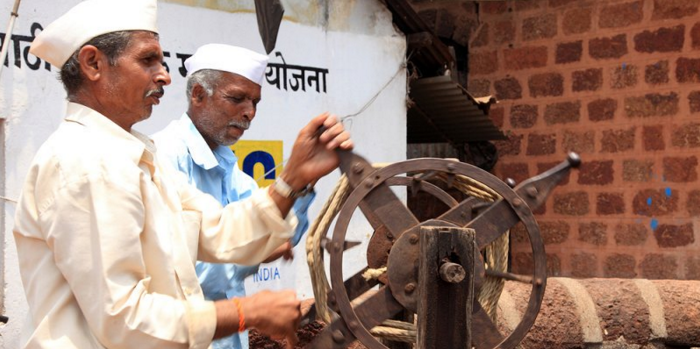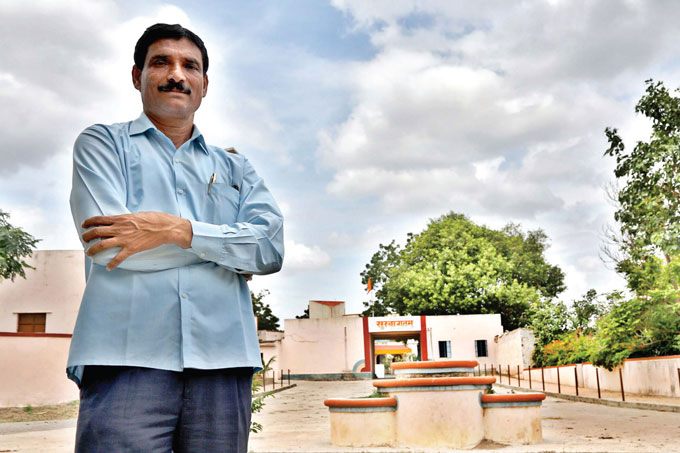What Are Exoplanets And How NASA Detects Life Beyond Our Solar System
Bharti Airtel Set To Acquire Telenor India Within This Year
Google Celebrates NASA’s Discovery Of Seven Earth-Like Planets With An Animated Doodle
Some Home Remedies That Might Sound Bizarre But Actually Work Like A Charm
Akshay Kumar Feels He Has Made Enough Money, Now Wants To Focus On Content & Characters
Delhi ATM Dispenses Fake Rs 2000 Notes From ‘Childrens Bank of India’ With ‘Churan Lable’
Adolf Hitler’s Personal Telephone During World War II Is Up For Auction In The US
From Salman Khan To Rekha, Neil Nitin Mukesh’s Wedding Reception Was Quite A Starry Affair
This Village In Maharashtra Has Set An Example By Successfully Overcoming Drought All On Its Own
As many regions in India are reeling under drought and severe water crisis, there is a village in Maharashtra by the name of Hiware Bazar, which has over the years proved itself to be a shining example of how you can overcome crisis, if mother nature and the government fails you. The village located in Ahmednagar district, approximately 250 km east of Mumbai has reportedly never felt the need to call for even a single water tanker since 1995, reports Times Of India. Bear in mind, this village was also facing severe water crisis each year like countless other villages in the state two decades ago, primarily due to scanty rainfall. This is when the Village sarpanch, Popatrao Pawar, decided to matters into his own hands. "It is lack of vision and discipline that brings about scarcity and drought," he told Times Of India.
So, how did Hiware Bazar become an oasis in the middle of a parched region?
Water conservation initiatives
The village decided to not dig any borewells for farming and instead do everything possible to save water. Drip irrigation was made compulsory. Sprinkler irrigation was mandatory during summers while tubewells was banned, reports Business Today.
Change in cultivation pattern
Water-guzzling crops like sugarcane, rice and banana made way for vegetables, fruits, flowers and pulses, which use the least amount of water.
Dairy development as backup
To ensure that the income is not solely dependent on agricultural farming, dairy farming was encouraged which also raked in the money and played a balancing act financially, to compensate for the loss incurred for giving up sugarcane cultivation which is a cash crop. The daily collection of milk in the village is around 4,000 litres, reports Times of India.
Can't sell farm land to outsiders
The panchayat banned villagers from selling farm land to outsiders. However, it could be sold to landless farm labourers from the village, reports Business Today.
Afforestation
Cattle were not allowed to graze in forest areas to prevent deforestation while the villagers and the Forest Department began constructing trenches along forest areas and planted 4.5 lakh trees, reports India Today.






